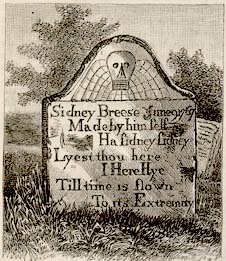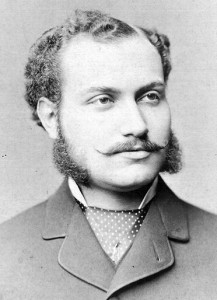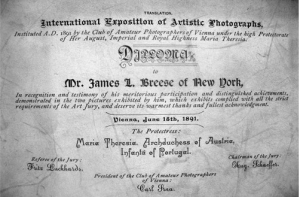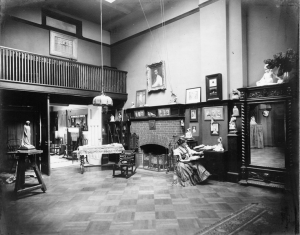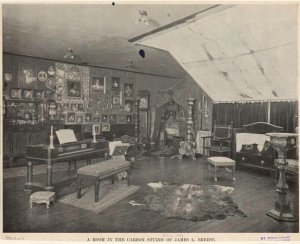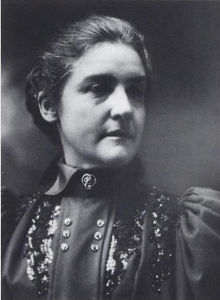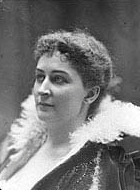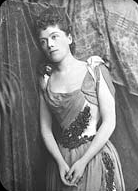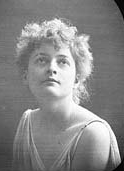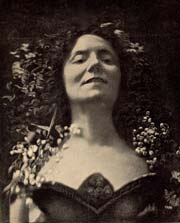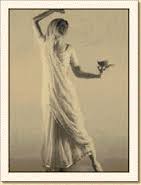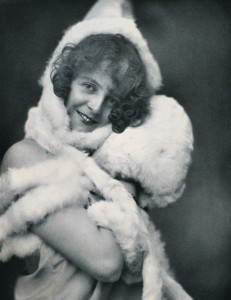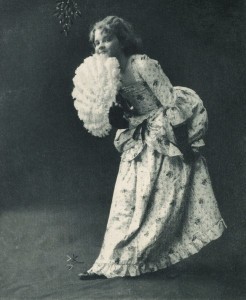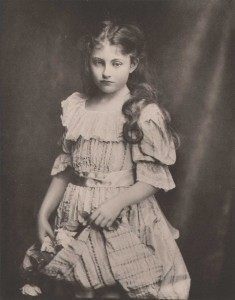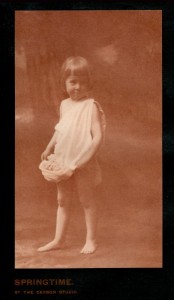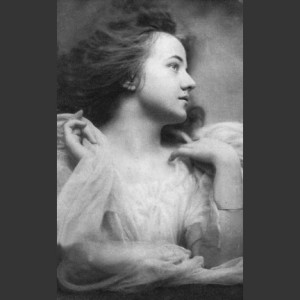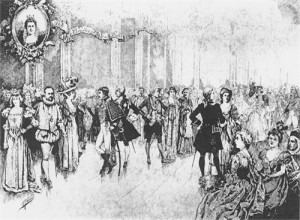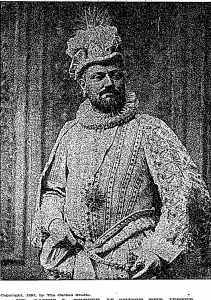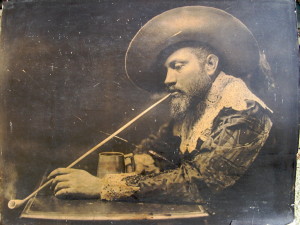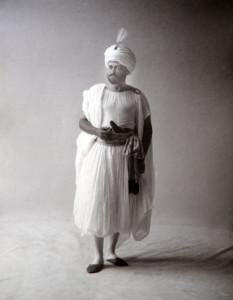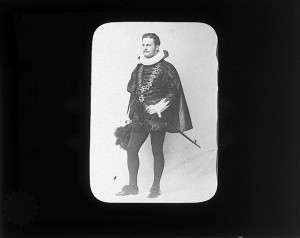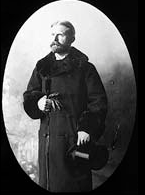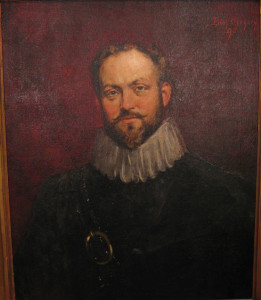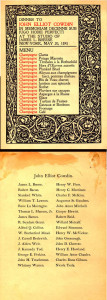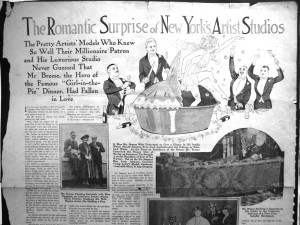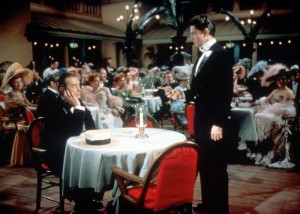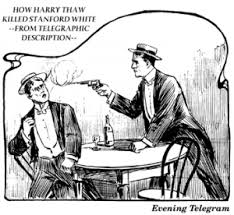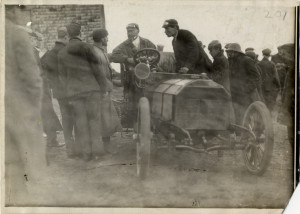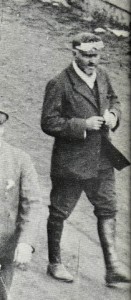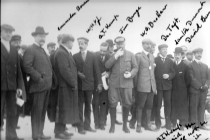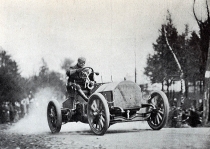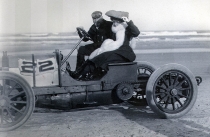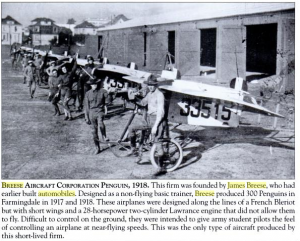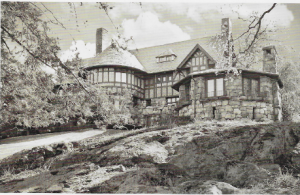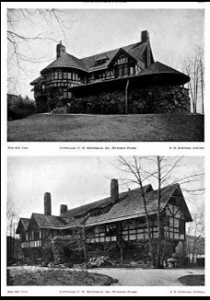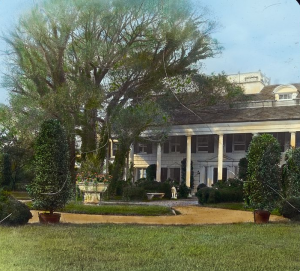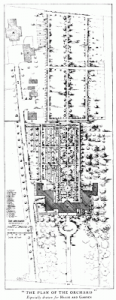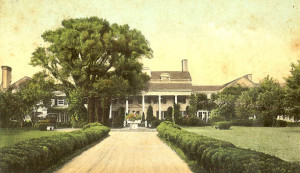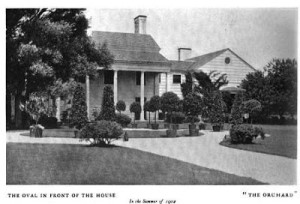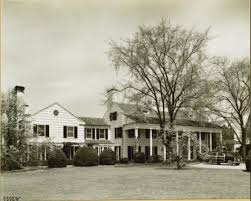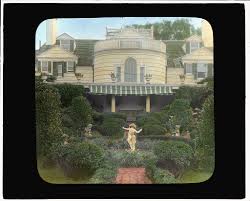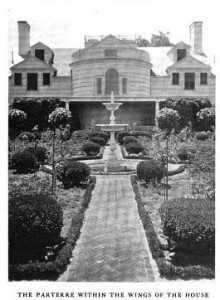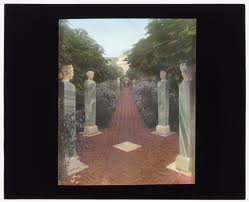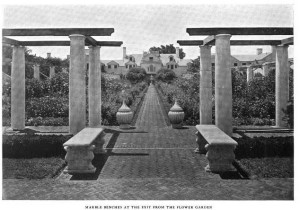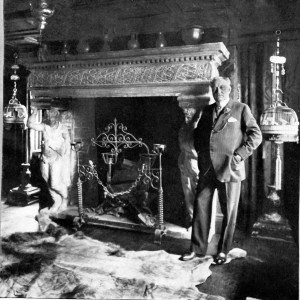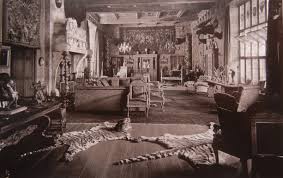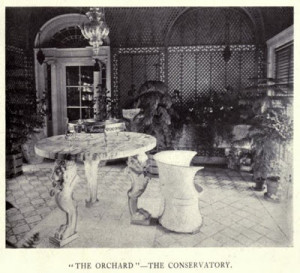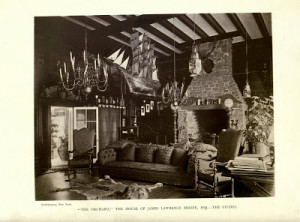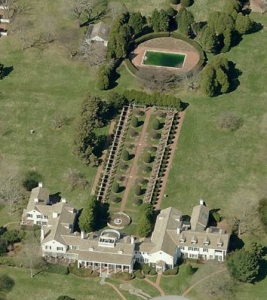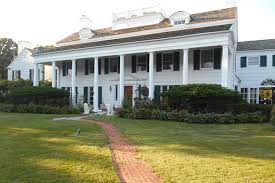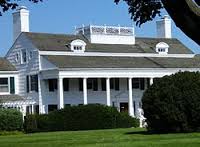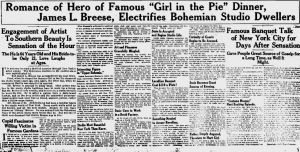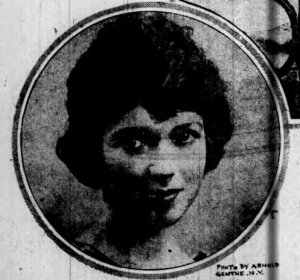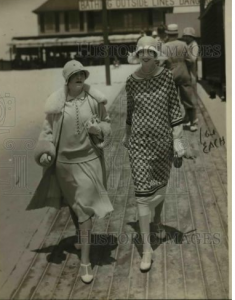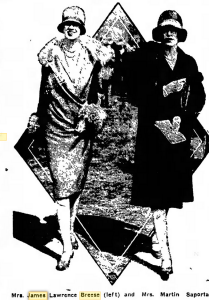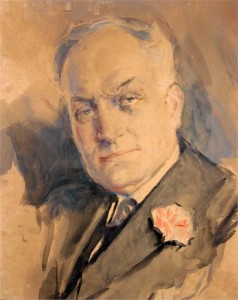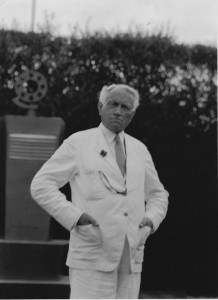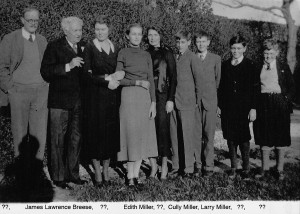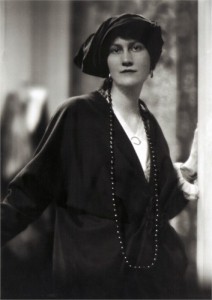James Lawrence Breese (1851-1934) was the son of Josiah Salisbury Breese and Augusta Eloise Lawrence. He was the brother of the two Breese sisters who married into the British aristocracy, and also the seventh cousin three times removed of my wife.
As a Lawrence he was related to my wife. He was also a descendant of the Sidney Breese who epitaph is found in Trinity Churchyard on Wall Street.
The Firm
The young James
James studies engineering at Rensselaer. James inherited some money, and founded the brokerage firm of Breese and Smith. He did well for himself. One case disclosed that between 1909 and 1916, he made $2,000,000. ($50,000,000 in 2015 dollars). His firm mostly stayed out of the papers, which is a good sign. He got into trouble in other ways.
The Carbon Studio
James took up amateur photography and specialized in the difficult technique of carbon prints.
carbon print is a photographic print with an image consisting of pigmented gelatin, rather than of silver or other metallic particles suspended in a uniform layer of gelatin, as in typical black-and-white prints, or of chromogenic dyes, as in typical photographic color prints.
The process can produce images of very high quality which are exceptionally resistant to fading and other deterioration. It was developed in the mid-19th century in response to concerns about the fading of early types of silver-based black-and-white prints, which was already becoming apparent within a relatively few years of their introduction.
James was the first amateur photographer to work in color.
James was the nephew of Samuel Finley Breese Morse, the inventor and painter, who also brought Daguerre’s process to America. James worked with Rudolf Eickemeyer, who became a member of Alfred Stieglitz’s Photo Secession and the Linked Ring. James and Stieglitz were the only two Americans invited to the photo exhibition in Vienna in 1893 and James won first prize.
James built a luxurious studio at his house at 5 East 16th Street.
The Carbon Studio
There he did society portraits.
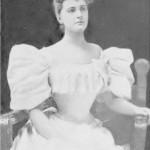
May Handy
Yvette Guilbert
He liked to photograph beautiful women and could be very persuasive.
Ruth St. Denis with clothes
Ruth St. Denis (whose real name was Ruthie Dennis) was one of leading figures in American modern dance. She and her husband, Ted Shawn, started one of first modern dance touring companies (Denishawn). She was born in 1878 or 1880 in New Jersey and lived till 1968. In 1939 she wrote an autobiography entitled, An Unfinished Life.
“On the night of the Opera Club I met the man who was to be the first of a long line of distinguished photographers who have honored me with their art. He was James Lawrence Breese, Stanford’s running partner in the various exploits which made them so famous at this time — more than that, he was an excellent amateur photographer. He asked me to come to his studio on West Sixteenth Street. I went eagerly, with one object and only one in mind. I knew the value of beautiful photographs and I also knew that I could not possibly afford them at this time. Breese had, for that period, very advanced apparatus for taking art pictures. Also he had, to my great joy, some hats and fichus and veils, with which his lady sitters adorned themselves. He said I looked like an early Gainsborough, and he arranged a beautiful wine-colored Gainsborough hat on my head and a fichu around my shoulders. I was enchanted with myself.
He asked me to come a second time, and on this occasion he stopped his restless pacing up and down the room and inquired in a charming, caressing voice if I would pose in the nude. He made it all very artistic and plausible. I had, he was sure, a beautiful body with long lines which he was anxious to capture. I was in a flutter of indecision for a moment or two, but vanity won out and I very chastely stepped out of my clothes.”
But James really liked to take erotic photograph of young girls.
At the Carbon Studio James held recitals and also held his famous and later infamous parties, the ”One of 1001 Nights,” which began at midnight every Wednesday. There he invited his friends, Dana Gibson, Louis Saint Gaudens, John Singer Sargent, Nicola, and especially his best friend, Stanford “Stanny” White, who liked underage girls.
James enjoyed costume parties.
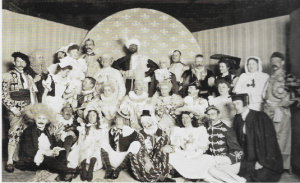
James painted by Eliot Gregory
One nearly ended in disaster.
Perhaps the most celebrated of the “1001 Nights” costume parties took place on December 17, 1896. It involved a pyrotechnic mishap that captured the attention of the press and the public at large. In the words of a society columnist of the day:
“The host received his guests in the costume of an Arab sheik. He is a man of commanding presence, with a dark beard and looked the part very well, indeed. Mrs. Breese, made up as a Spanish dancing girl, helped him to welcome the guests.
“They were a gay and a picturesque horde who invaded the studio as the clock struck twelve. James J. Van Alen and Hermann Oelrichs impersonated Dutch burghers; Winthrop Chanler and Miss Wilmerding posed as members of the Salvation Army and rattled their tambourines incessantly; James Gerard, Jr. was a handsome Hungarian hussar: Craig Wadsworth and Willie Tiffany were court jesters; Miss ‘Birdie’ Fair wore the ruff of Folly; Cooper Hewitt and Whitney Warren were turbaned Turks; Creighton Webb’s well-known legs were displayed to advantage beneath a long Spanish cloak; Dickie Peters was as proud of his appearance in a suit of pajamas and a high hat as if he had uttered an epigram …”
The presence of so many costumed guests provided Breese with an opportunity to take individuals aside and pose them for a portrait. Here we see a signed print of Miss Emily Hoffman in all her regal splendor.
On this particular December night, the cold winter wind may have been blowing outside, but within the sanctum of the Breese studio, a good time was being had by all. Then things began to go awry. The gaiety had kicked into high gear when Mrs. Clinch Smith, wearing a loud plaid calico dress and a huge hat, unrecognizable in cork “black face,” commanded center stage with her spirited version of a “cakewalk.” Mrs. Cadwalader, wearing loose, loud checked trousers, big shoes, and a red necktie, took the part of Sambo. The two otherwise reserved and proper ladies brought down the house to the accompaniment of a group of “genuine negro banjo players.”
Somewhere along the way a mischievous guest began tossing lit matches in a negligent manner. Suddenly Mrs. George B. de Forest, who was dressed in a light and gauzy Oriental costume, began to scream as flames lept from her attire. No water being readily available, a quick thinking guest seized a champagne bottle from an ice bucket, knocked off its neck against the wall, and sprayed the contents onto the flaming dress. Several other champagne bottles were similarly employed.
Sobbing and trembling, with her charred skirts clinging to her body, Mrs. de Forest was led to Mrs. Breese’s apartments to “recover her composure.”
Then came the most famous party of them all.
The Girl in the Pie
At the approach of dawn, four negroes entered, bearing a huge pie, which they placed on the table. A faint stir was observed beneath the crust just as the orchestra struck up the air of the nursery jingle:
“Sing a song of sixpence, a pocket full of rye,
Four-and-twenty blackbirds baked in a pie.”
The pie was burst asunder, and from inside there emerged the beautiful figure of a young girl, clad in black gauze draperies. She turned her pretty childish face upon the astonished guests, and poised as a bird about to fly, while two dozen canaries, released by her hand, flew about the room.
Then, when the tableau was complete, a man forced his way to the side of the table and with a smile assisted the child tothe floor. The man was Stanford White.
The young girl, a model, then 15 years old, lived with her mother, but on the night of the banquet she disappeared, and remained in hiding for two years. Efforts of the police to find her were unsuccessful.
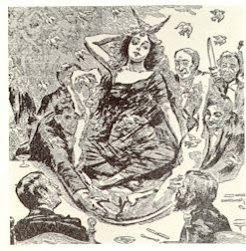 Another version. Stanford White is the man on the right with a knife
Another version. Stanford White is the man on the right with a knife
At last she returned, to tell a story of revolting mistreatment and desertion by the man who met his death at the hands of Harry Thaw.
“When I was lifted from the pie to a seat at the table I found myself queen of the revel,” she said. “It was dazzling at first,” she said, “but in the end it became a sad queendom.
“Mr. White was kind for a time, but when he went to Europe he instructed his clerks to get rid of me with as little trouble as possible. I never saw him again.”
Turned into the street to live as she might, this girl, not yet 18, finally married, but her husband, when he learned of her part in the “pie” banquet, brooded over the affair, and deserted his girl wife without attempting to avenge her wrongs. She died soon afterward.
Some say she committed suicide.
That is one version, fueled by the animosity of Joseph Pulitzer.
A few months after the Pie Girl Dinner, in an attack on the New York high society that refused to admit its publisher, Joseph Pulitzer’s World blasted the “bacchanalian revels in New York fashionable studios” and men who corrupted young girls for their pleasure. This opinion was contradicted by one of the participants, Edward Simmons, who wrote that the whole affair was “very moral and dignified.”
Simmons of course had legal reasons to make this claim. The whole gang cleared out of town and made themselves scarce after the affair became public.
Some claim that James Breese led Stanny astray. But Stanny didn’t take much leading. He met his end when the jealous Harry Thaw killed him on the rooftop of Madison Square Garden.
The Automobilist
Another way James Breese sought thrills was through the new sport of automobile racing.
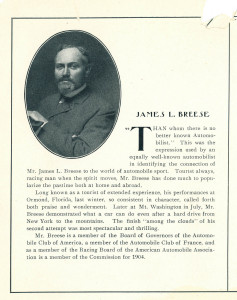
At the 1904 Vanderbilt Cup Race, James Breese walking on the Jericho Turnpike Course
James Breese, William K. Vanderbilt, Jr., and other participants of the 1904 Daytona-Ormond Beach Automobile Races.
James Breese at the 1904 Eagle Rock Hill Climb held in Edison, New Jersey.
James Breese at the 1905 Daytona-Ormond Automobile Races.
On August 9, 1904 at 2 PM James Breese arrived at St. Louis for the World’s Fair. He had driven his forty horsepower touring car from Buffalo to St. Louis in 36 hours, averaging 25 mph. His Son James Breese Jr, his valet, and a machinist accompanied him. The others in the race arrived a day later.
His daughter Frances remembers:
Of me, he was known to say, “Frances is the best of my boys,” and he liked to show me off. As soon as I was tall enough to sit behind the wheel of a car, he put me in the driver’s seat and taught me to shift gears and manipulate the hand throttle.
James also used his engineering knowledge to experiment with the manufacture of planes.
The Penguin was a non-flying trainer.
The Houses
James built a house, The Breeses. in Tuxedo Park in 1887. It was designed by Robert Henderson Robertson.
The Breeses
However, his antics were not altogether welcome in Tuxedo Park and in 1900 he decided to move to Southampton.
Stanford White’s last commission was to redo The Orchard, James Breese’s estate in Southampton. There was an existing 1858 house, which White added onto to give it a Mount Vernony feeling outside. but inside was over the top.
The Orchard, 151 Hill Street, Southampton
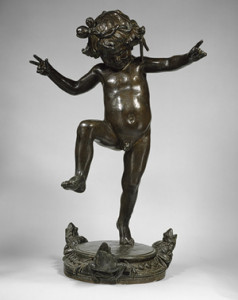 Frog Fountain by Janet Scudder
Frog Fountain by Janet Scudder
In 1916 James and the electrical engineer Glenn Marston installed hundreds of hand-made lights in the garden, one of the first in the world to be so illuminated.
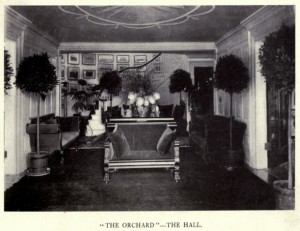
The Hall
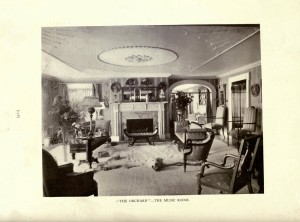
The Living Room
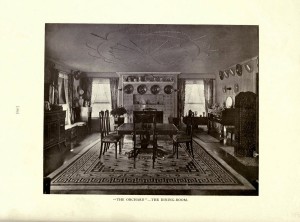
The Dining Room
He also had a triplex moved into an apartment in the Hotel des Artistes in Manhattan.
The living room is 60 feet by 30 feet. Its furniture includes some enormous pieces of old English silver. Venetian columns of red, blue, and gold lend indescribable richness to the walls. Mr. Breese finds comfort on a divan covered with old Spanish brocade. One of his many fancies is to have his fire screen decorated with live smilax, fresh every day, all year ’round.
The Denouement
James and his wife Frances Tileston Potter (1858-1917) had four children Sydney, James, Robert, and Frances. Mrs. Breese was the niece of the Bishop Potter of the Christian saloon.
Frances Tileston Potter (1858-1917)
After she died, at age 64 he married the Southern belle Grace Lucile Momand (1894-1946), 23. They married in 1919; she divorced him in 1927 and immediately became the second of the three wives of Harry Payne Bingham.
Grace Lucile Momand
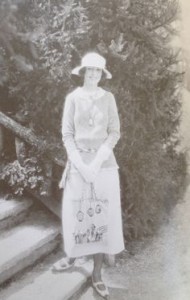
Grace as Mrs. Breese
Grace on left
Grace (left) and Marion Tiffany (Mrs Martin Saportas)
James’s daughter Frances reminisces:
In 1935 [actually, 1934] he lost his last fortune, and “The Orchard”, our summer home in Southampton, was sold to Charles Merrill. Papa took an around the world trip by steamer, became a short wave radio enthusiast, and on his return built a two-bedroom house that he called “Breese In” on Hill Street, next to his former home. He did much of his own cooking, and old Mrs. Raccosta, who had been with our family for many years, cleaned house for him. Even though Papa was in his late seventies, the change in circumstances did not phase him. He was still attractive to women, and, when he could no longer drive a car, he acquired a beautiful young companion-housekeeper-chauffeur and toured the country with her. When he died at the age of eighty, she committed suicide.
James with grandchildren
Frances Tileston Breese “Tanty” – daughter (1893-1985)
Frances wrote this poem:
Tanty, his youngest child
How well do I remember
The year of ninety-three
when Father and my Mother
Had just created Me.T’was from my painted iron crib
while blowing bubbles in my bib
I used to look with wonder on
The costumes that my Pa would don.For fancy dress at every party
Was much the vogue if you were “arty”
In the eighties and the nineties
And the naughty nineteen oughtiesThen later, when a little tot,
(You may believe I was, or not)
I used to watch and have much fun
When Jimmy made his horses run.For trotting then was much the fad
And moving slow was not for Dad.
Give him action, give him speed,
He likes them fast… yes Sir, indeed.In horses, women, games and sport
Slow movers never were his sort.
(Of course all this is merely heresay,
But rumors sometimes reach the nursray.)So, by the time I could count ten
I’d heard a thing or two. For instance when
A little fairy flitting by
Told me the tale about the Pie.She said no crows came out that night.
Instead, a vision of delight;
A fancy from the brain of him
Who all my friends call Uncle Jim.But in the fear that I might tell
Too much, it would be well
Only to mention with a word
Some of the the things that I have heard.About his prowess and his skill;
The birds he’s shot, the fish he’s killed,
The boats he’s sailed, the cars he’s driven,
And his immense success with women.So if you lesser men are spurned
Because as yet you haven’t learned
To charm the birds from off the trees,
You’d best tune in on Jimmy Breese.

